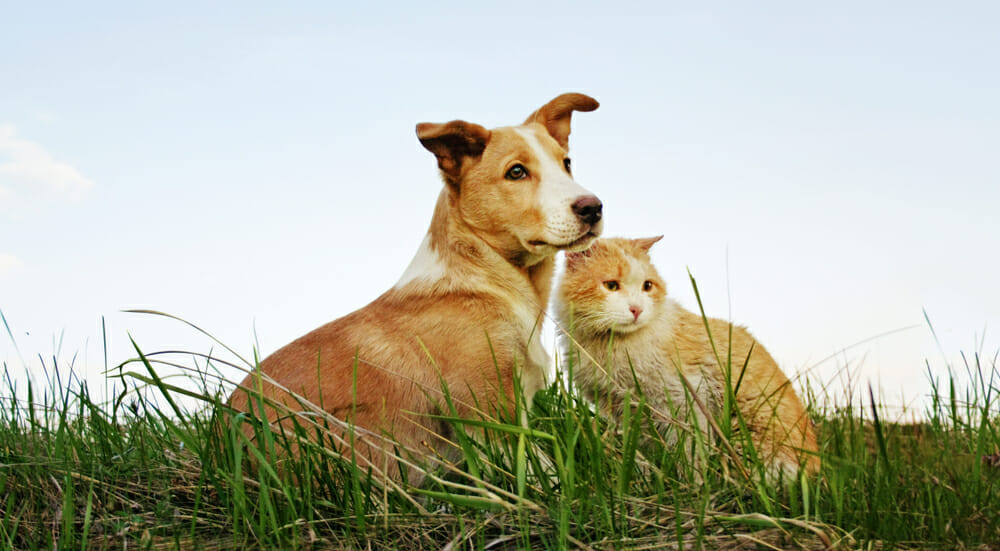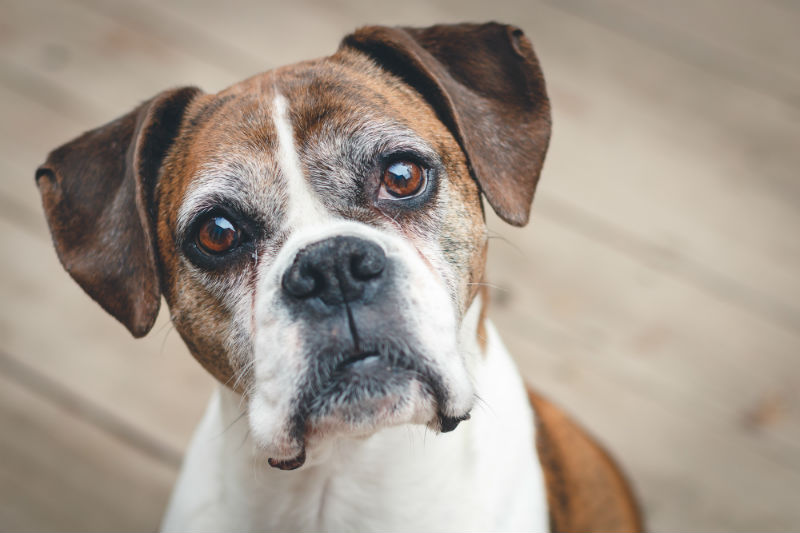Pets can get lost which can be a traumatic and possibly tragic event. It’s important to have a collar and ID tag, but these are not foolproof. Collars can break or fall off leaving your pet unidentifiable. This can be prevented with the use of a microchip.
As noted in the Dartmouth Tribune in April 2017:
- A pet is lost every seven seconds
- One in three pets will go missing in their lifetime
- Only 2 percent of lost cats and 17 percent of lost dogs with ID return home
- When a pet gets lost, they are 20 times more likely to make their way back home when they have a microchip
A microchip is a small chip that is encoded with a unique identification number. It is no bigger than a grain of rice and implanted just under the surface of your pet’s skin. The process is similar to receiving a vaccination through a needle and is virtually painless to pets. Once implanted, the microchip remains between the shoulder blades just beneath the skin for the rest of the animal’s lifetime, becoming a permanent form of identification. Since it’s under your pets’ skin it can’t break or fall off like a collar or tag.
The chip is powered by a scanner which sends a signal to the chip and receives the identification number stored on it. A vet or shelter can use the scanner to read your pet’s chip. With the identification number, your pet’s information is a phone call away.
When your pet is microchipped, it is linked to a database with your contact info. It is essential that you register the microchip and ensure your contact information is kept up to date. If you move or change phone numbers be sure to update your information. Microchips are reliable and use nationwide registries, but they depend on the information you provide.
If you want to improve your chances of getting your pet back home quickly and safely microchipping is highly recommended.
Written by Tracy LeFler, Site Coordinator
Edited by Janis Wall, RVT





